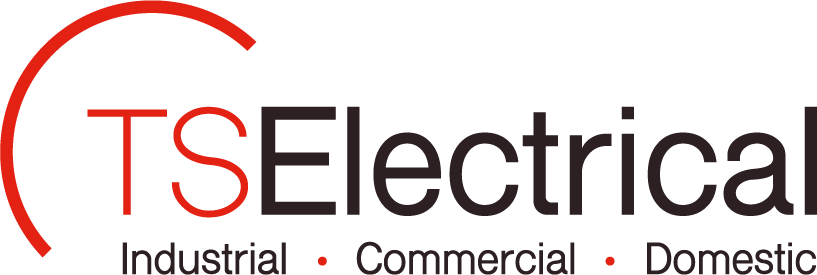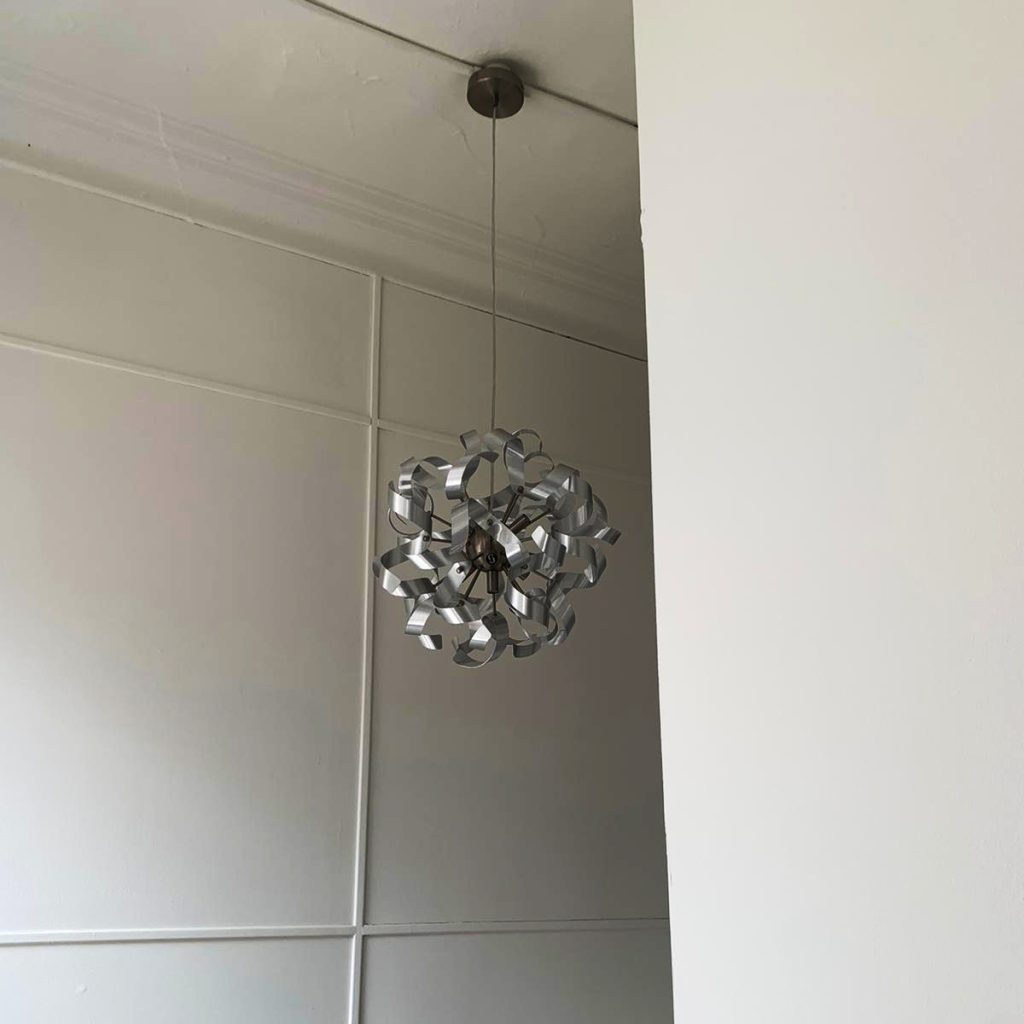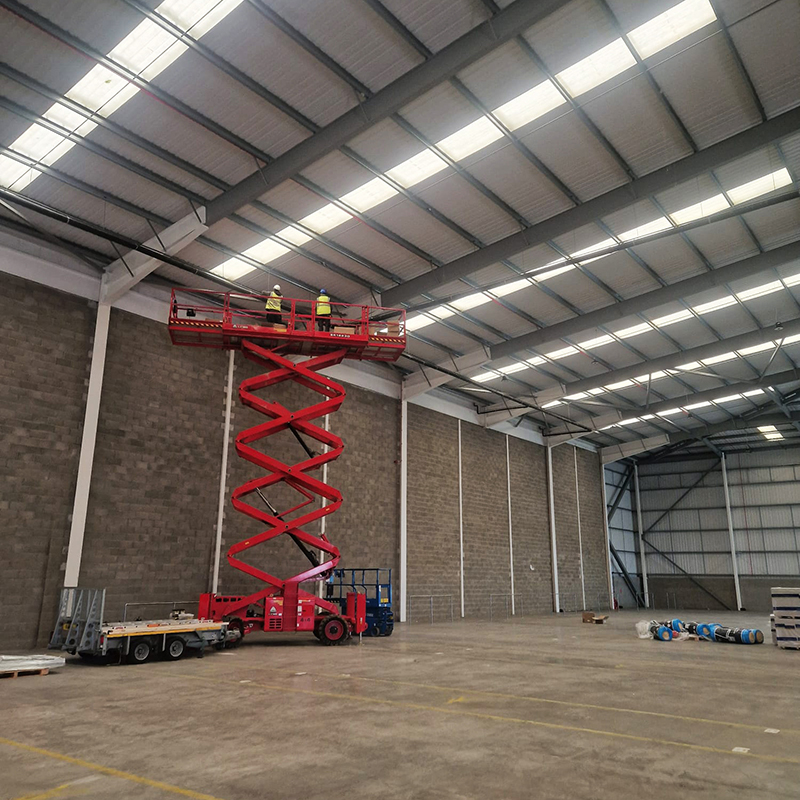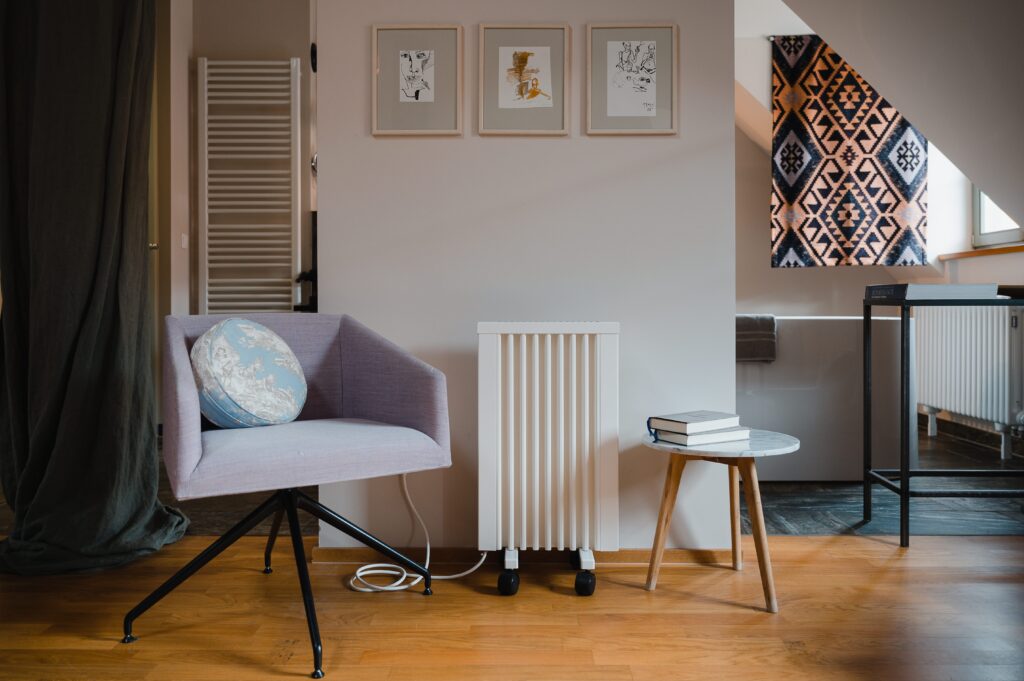The Smoke and Carbon Monoxide Alarm (Amendment) Regulations 2022 (‘The Regulations’) came into force on 1 October 2022 for both Landlords and Tenants.
This made some amendments to The Smoke and Carbon Monoxide Alarm (England) Regulations that were originally enforced in 2015.
To summarise The Regulations, from 1 October 2022, both private and social rentals must:
- Ensure at least one smoke alarm is equipped on each storey of their homes where there is a room used as living accommodation.
- Ensure a carbon monoxide alarm is equipped in any room used as living accommodation which contains a fixed combustion appliance (excluding gas cookers).
- Ensure smoke alarms and carbon monoxide alarms are repaired or replaced once informed and found that they are faulty.
The requirements are enforced by local authorities who can impose a fine of up to £5,000 where a landlord fails to comply.
The Regulations should be considered alongside other relevant laws on fire and carbon monoxide safety in rented homes such as the Housing Act 2004, the Fire Safety Act 2021 and the Building Safety Act 2022.
What type of alarm is required?
The Regulations do not stipulate the type of alarms that should be installed for either smoke or carbon monoxide detection, however it’s worth noting that The Regulations do state that they need to be compliant with the British Standards.
Compliance with British Standards
As electrical contractors, our team follow the guidance of the British Standards when installing Smoke and Carbon Monoxide alarms. That’s BS 5839-6 for smoke alarms and BS 50291 for carbon monoxide alarms, which is the guidance that all installers will follow.
Put simply, for smoke alarms in rented properties and HMOs, they should be at least Grade D1 and installed in accordance with Category LD2 for maximum protection. This means that they should be mains-powered with a tamper-proof battery backup, and be interlinked so that an audible fire alarm warning is given by all smoke alarms in the premises. Smoke alarms should be installed in escape routes and high risk rooms, alongside a heat alarm in the kitchen.
Although compliance is not currently a mandatory fix on an Electrical Installation Condition Report (EICR), our team will advise landlords on the installation or upgrade of smoke and carbon monoxide alarms to ensure safety and compliance with The Regulations and British Standards.
It’s important for landlords to follow these guidelines to provide the maximum protection for their tenants and to avoid potential penalties for non-compliance.
What types of tenancies do the regulations apply to?
The Regulations apply to all social and private rented tenancies, other than those explicitly excluded in the Schedule to the Regulations. The following tenancies are excluded from the regulations:
- owner occupiers
- shared accommodation with a landlord or landlord’s family
- long leases
- student halls of residence
- hotels and refuges
- care homes
- hospitals and hospices
- low cost ownership homes
- other accommodation relating to health care provision
Landlord Responsibilities
The Regulations require checks to be made by or on behalf of the landlord to ensure that each prescribed alarm is in proper working order on the day the tenancy begins if it’s a new tenancy. It’s the responsibility of landlords to keep a record of when alarms are tested.
Not only does your rental property need to have a working and tested smoke and carbon monoxide alarm, landlords must also ensure their property has the following:
- An Electrical Installation Condition Report (EICR) every 5 years or with change of tenancy
- A valid energy performance certificate (EPC)
- An annual gas safety check
Book in with our team
If you’re looking to install or upgrade the smoke and carbon monoxide alarms at your rental property, chat to our team today on 01280 830135 or drop us an email at office@tselectrical.info to get booked in.
Alternatively, click here to find out more about our electrical services for homes.
You can learn more about The Regulations at www.gov.uk/government/publications






